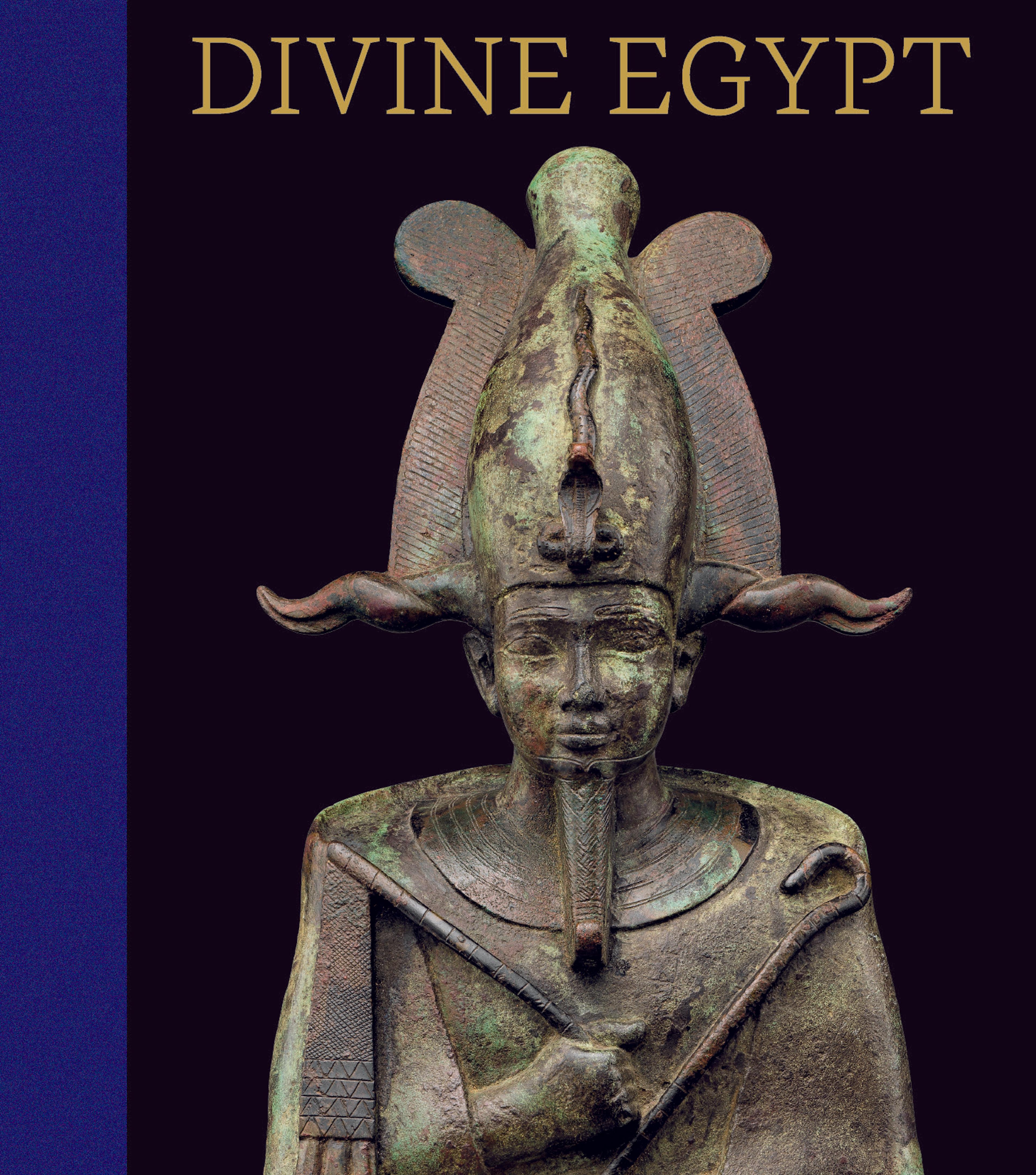Stela of King Raneb
This stela is inscribed with the Horus name of the second king of Dynasty 2, Raneb (or Nebra). A king's Horus name is written within a rectangular device called a serekh, which is the composite view of a building from the side and the top. The lower part depicts the niched facade associated with royal structures; the upper part represents the building's interior, or perhaps its courtyard in plan-view. The whole is surmounted by a falcon representing the god Horus and implying the king's identity with this important deity. Judging from preserved inscriptions, the Horus name is the most commonly used designation for the earliest Egyptian kings from Dynasty 0 into Dynasty 3.
Raneb’s stela is one of a series of royal name stelae dating to Dynasties 1 and 2. Most of these come from the royal cemeteries of Abydos in southern Egypt, and all but two are carved from relatively soft limestone. Raneb's granite stela is the earliest surviving example of relief-carving in this very hard stone. Raneb was also the first king to incorporate the name of the sun god Re into his titulary, marking this deity's increasing prominence.
Excavations at Abydos show that pairs of inscribed stelae were important elements of royal tombs. However, Raneb's stela is said to have been found in northern Egypt in the area of Memphis (Mit Rahina), the ancient Egyptian capital. This has led some scholars to suggest that Raneb's tomb was at the nearby necropolis of Saqqara, where jar sealings stamped with the king's name were found.
Raneb’s stela is one of a series of royal name stelae dating to Dynasties 1 and 2. Most of these come from the royal cemeteries of Abydos in southern Egypt, and all but two are carved from relatively soft limestone. Raneb's granite stela is the earliest surviving example of relief-carving in this very hard stone. Raneb was also the first king to incorporate the name of the sun god Re into his titulary, marking this deity's increasing prominence.
Excavations at Abydos show that pairs of inscribed stelae were important elements of royal tombs. However, Raneb's stela is said to have been found in northern Egypt in the area of Memphis (Mit Rahina), the ancient Egyptian capital. This has led some scholars to suggest that Raneb's tomb was at the nearby necropolis of Saqqara, where jar sealings stamped with the king's name were found.
Artwork Details
- Title:Stela of King Raneb
- Period:Early Dynastic Period
- Dynasty:Dynasty 2
- Reign:reign of Raneb
- Date:ca. 2880 BCE
- Geography:From Egypt; Probably originally from Memphite Region, Saqqara, Tomb of Raneb
- Medium:Granite
- Dimensions:H. 100 × W. 42.5 × D. 27 cm (39 3/8 × 16 3/4 × 10 5/8 in.)
- Credit Line:Purchase, Joseph Pulitzer Bequest, 1960; Purchase, Lila Acheson Wallace Gift, 1975
- Object Number:60.144
- Curatorial Department: Egyptian Art
More Artwork
Research Resources
The Met provides unparalleled resources for research and welcomes an international community of students and scholars. The Met's Open Access API is where creators and researchers can connect to the The Met collection. Open Access data and public domain images are available for unrestricted commercial and noncommercial use without permission or fee.
To request images under copyright and other restrictions, please use this Image Request form.
Feedback
We continue to research and examine historical and cultural context for objects in The Met collection. If you have comments or questions about this object record, please contact us using the form below. The Museum looks forward to receiving your comments.
